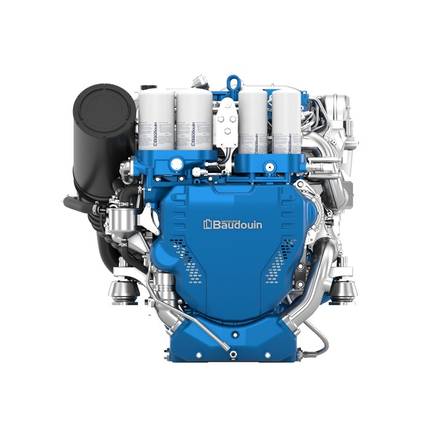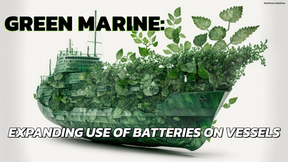WSC Readies Green Balance Mechanism Proposal for IMO
Following positive response and encouraging conversations with IMO member nations and other stakeholders, the World Shipping Council (WSC) has further developed the Green Balance Mechanism, a regulatory measure designed to ensure that shipping meets its net-zero goal by 2050 in an efficient, just and equitable way.
A detailed proposal, including design updates and regulatory text for the Green Balance Mechanism, has been submitted to support the timely development of effective climate regulations for shipping at the IMO ISWG-GHG 17 and MEPC 82 meetings.
Ocean carriers continue to invest in the decarbonisation of their fleets. Ships designed to operate on green fuels are already on the water, and over 60% of new container and vehicle carrier vessels for delivery by 2030 will be ready to use the greenest fuels. However, these fuels are scarce and several times more expensive than fossil fuels.
The WSC’s Green Balance Mechanism aims to bridge this price gap, making green fuels competitive with fossil fuels. Fully integrated with a technical fuel standard, the Green Balance Mechanism allocates funds collected from higher GHG-intensity fuels to lower GHG-intensity fuels, allowing carriers to operate competitively on green fuels, ensuring demand that will drive investment in green energy and fuel production.
"For shipping’s energy transition to take place, green maritime fuels must be available at scale, requiring billion-dollar investments by energy producers. For these investments to occur, the IMO must adopt regulations that not only increase fossil fuel prices but also make green fuels a viable alternative. Only then will there be a strong enough market for green maritime fuels to stimulate the necessary levels of investment in green fuel production and renewable energy," says Joe Kramek, President & CEO of the WSC.
How the Green Balance Mechanism works:
• The Green Balance Mechanism is fully integrated with a GHG fuel-intensity standard.
• The Green Balance Mechanism applies a fee on fossil fuels and then allocates the funds to green fuels so that the average cost of fuel is roughly equal.
• The fees and allocation of funds are calculated each year, based on the amount of green fuel use and market prices, balancing out the cost across very different fuels.
• The greater the GHG emission reductions a fuel delivers – on a well-to-wake lifecycle basis – the greater the financial allocation received.
• This accelerates the uptake of the greenest fuels, delivering the deepest GHG reductions. At the same time, all fuels that deliver GHG reductions above the standards established in the Green Balance Mechanism receive some allocation, proportional to their GHG emission reduction.
• The emissions reductions required for a fuel to receive an allocation would follow the IMO commitments to decarbonisation over time, starting at a reduction of 65% compared to fossil fuels and increasing in stringency to reach the 2050 net-zero goal.
• The Green Balance Mechanism includes a framework to create a parallel ‘IMO Net-Zero Fund’ to raise funds for Research, Development & Demonstration projects and climate mitigation initiatives, to provide a just and equitable transition.















